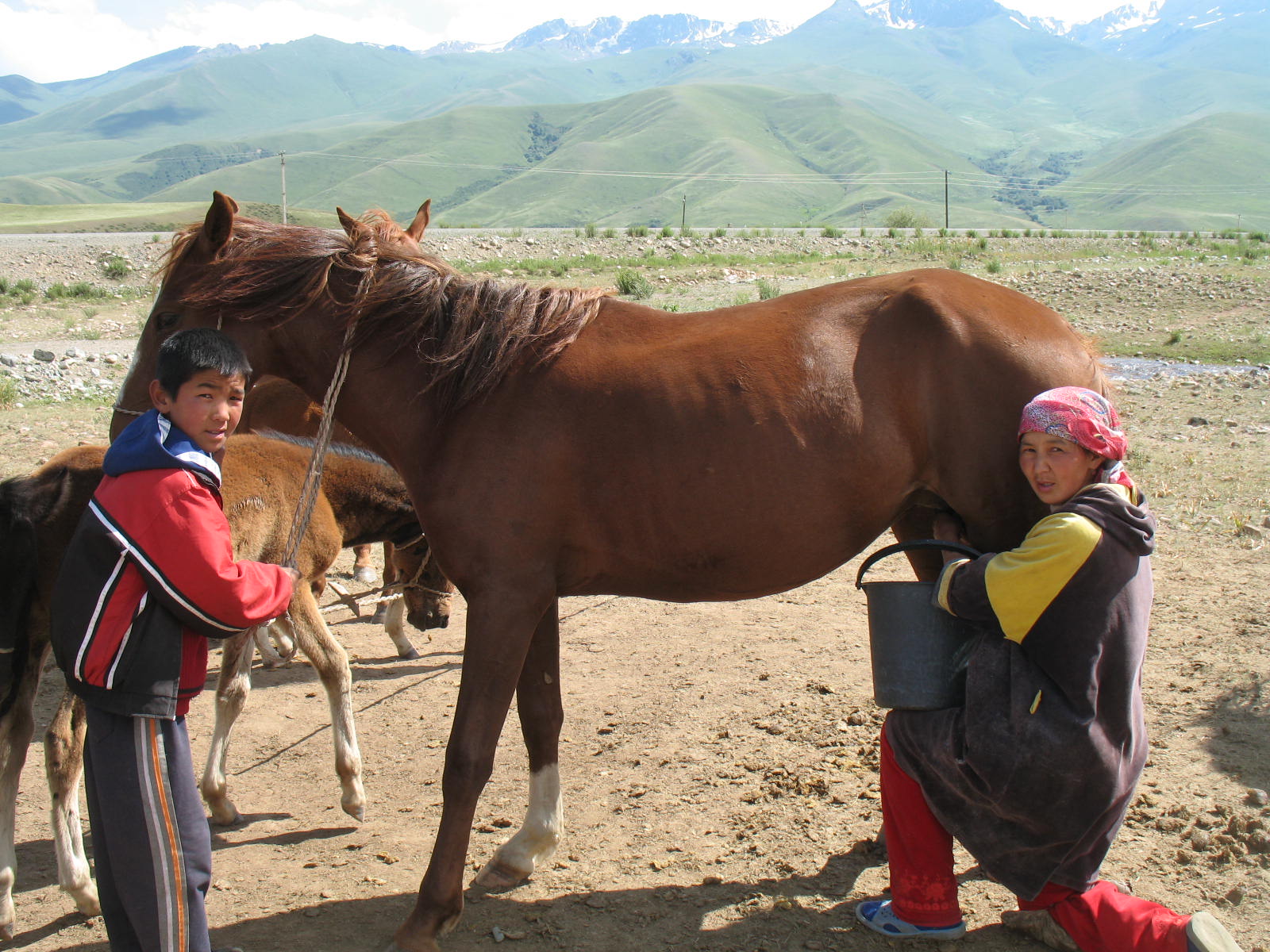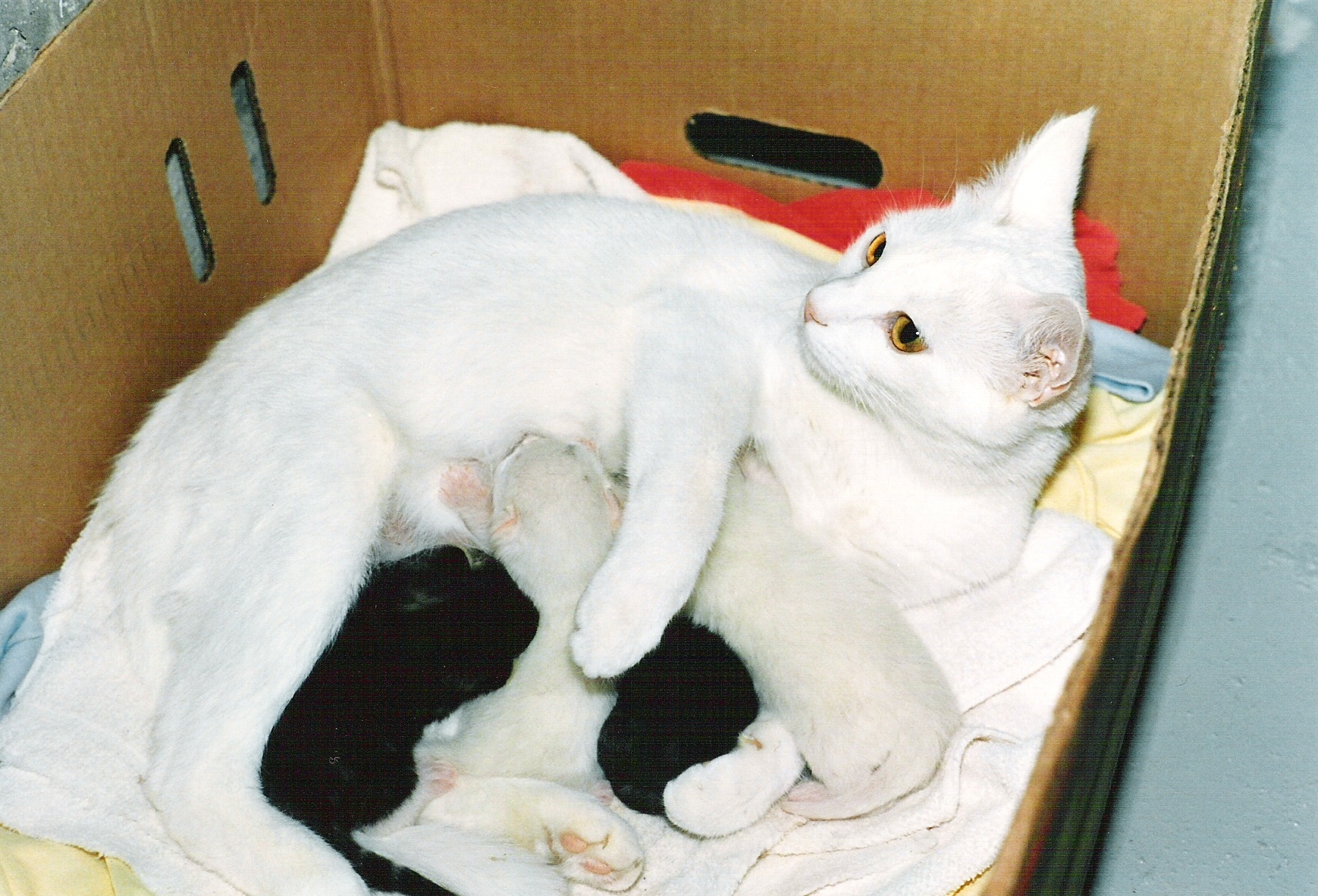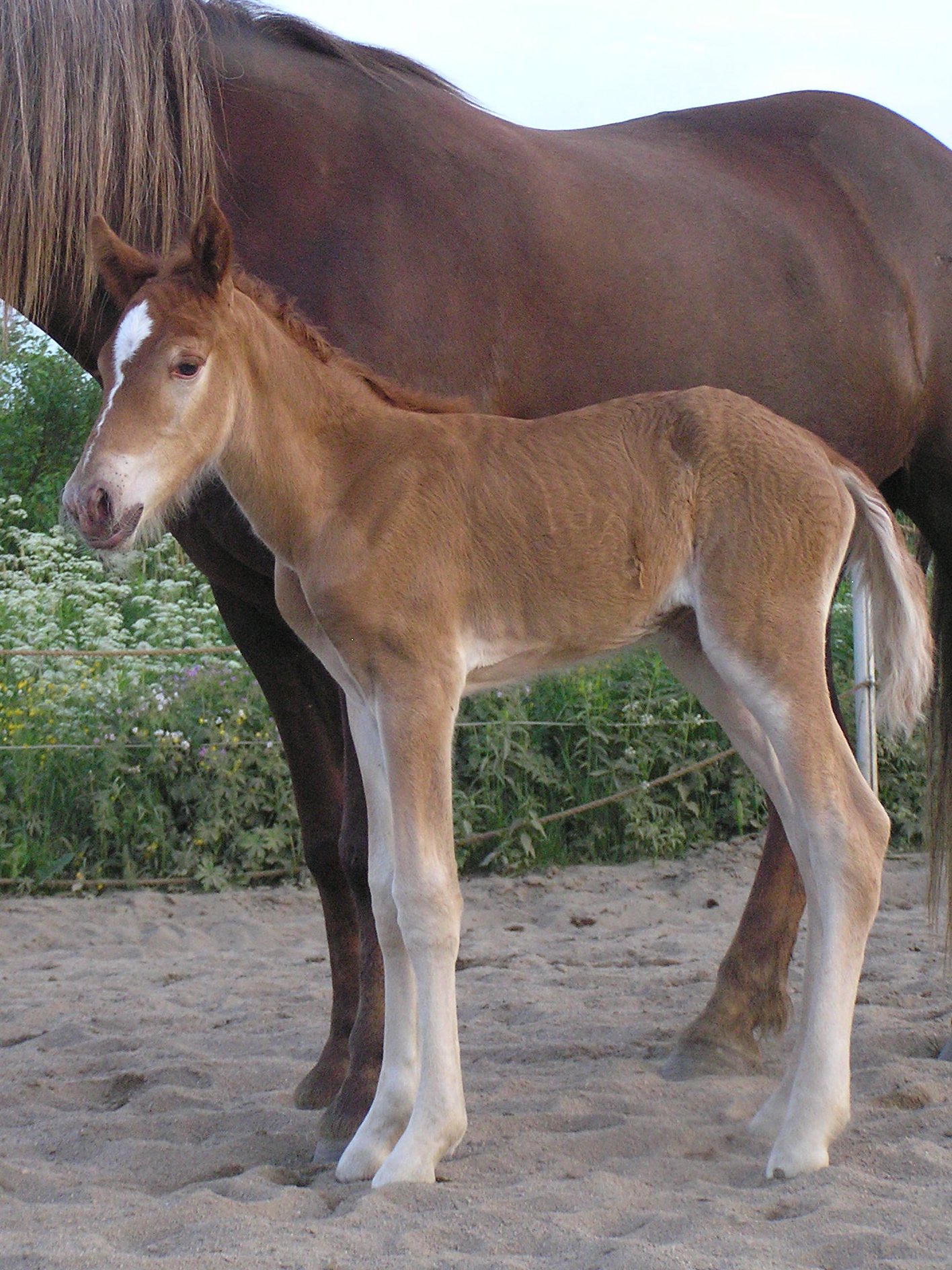|
Bashkir Pony
The Bashkir or Bashkort ( ba, Башҡорт аты, ''Bašǩort aty'') is the horse breed of the Bashkir people. It is raised mainly within Bashkortostan, formerly known as Bashkiria, a republic within the Russian Federation which lies to the west of the southern Ural Mountains and extends to the Volga River. The principal centre of breeding is the capital, Ufa. History The origins of the Bashkir horse are not known. In the nineteenth century its economic value was recognised, and steps were taken to increase both its working abilities and its traditional qualities as a producer of milk and meat. Breeding centres were set up in 1845. The Bashkir horse has been crossed with other breeds of the former USSR such as the Russian Heavy Draught; experimental crosses with Kazakh and Yakut horses have also been made. Bashkortostan has the third-highest horse population of the federal subjects of Russia, after the Altai Krai and the Sakha Republic. In 2003 the population of Bashkir ... [...More Info...] [...Related Items...] OR: [Wikipedia] [Google] [Baidu] |
Bashkortostan
The Republic of Bashkortostan or Bashkortostan ( ba, Башҡортостан Республикаһы, Bashqortostan Respublikahy; russian: Республика Башкортостан, Respublika Bashkortostan),; russian: Респу́блика Башкортоста́н, r=Respublika Bashkortostan, p=rʲɪsˈpublʲɪkə bəʂkərtɐˈstan also unofficially called Bashkiria (russian: Башкирия, tr. Bashkiriya), is a republic of Russia located between the Volga and the Ural Mountains in Eastern Europe. It covers and has a population of 4 million. It is Russia's 7th most populous federal subject and most populous republic. Its capital and largest city is Ufa. Bashkortostan was established on .Национально-государственное устройство Башкортостана, 1917–1925 гг: Общее введение и Том 1 // Билал Хамитович Юлдашбаев, Китап, 2002, , 9785295029165Хрестоматия по и� ... [...More Info...] [...Related Items...] OR: [Wikipedia] [Google] [Baidu] |
Altai Krai
Altai Krai (russian: Алта́йский край, r=Altaysky kray, p=ɐlˈtajskʲɪj kraj) is a federal subjects of Russia, federal subject of Russia (a krai). It borders clockwise from the west, Kazakhstan (East Kazakhstan Region and Pavlodar Region), Novosibirsk Oblast, Novosibirsk and Kemerovo Oblasts, and the Altai Republic. The krai's administrative centre is the types of inhabited localities in Russia, city of Barnaul. As of the Russian Census (2010), 2010 Census, the population of the krai was 2,419,755. Name The region is named after the Altai mountains. In Russian, Altai Krai means the Altai region. Geography Altai Krai has rolling foothills, grasslands, lakes, rivers, and mountains. The highest point of the krai is high Mayak Shangina. The climate is severe with long cold dry winters and hot, usually dry summers. The region's main waterway is the Ob River, which gives its name to the Ob Plateau. The Biya River, Biya and Katun Rivers are also important. Th ... [...More Info...] [...Related Items...] OR: [Wikipedia] [Google] [Baidu] |
Kumis
''Kumis'' (also spelled ''kumiss'' or ''koumiss'' or ''kumys'', see other transliterations and cognate words below under terminology and etymology – otk, airag kk, қымыз, ''qymyz'') mn, айраг, ''ääryg'') is a fermented dairy product traditionally made from mare milk or donkey milk. The drink remains important to the peoples of the Central Asian steppes, of Turkic and Mongol origin: Kazakhs, Bashkirs, Kalmyks, Kyrgyz, Mongols, and Yakuts. Kumis was historically consumed by the Khitans, Jurchens, Hungarians, and Han Chinese of North China as well. ''Kumis'' is a dairy product similar to ''kefir'', but is produced from a liquid starter culture, in contrast to the solid ''kefir'' "grains". Because mare's milk contains more sugars than cow's or goat's milk, when fermented, ''kumis'' has a higher, though still mild, alcohol content compared to ''kefir''. Even in the areas of the world where ''kumis'' is popular today, mare's milk remains a very limited commod ... [...More Info...] [...Related Items...] OR: [Wikipedia] [Google] [Baidu] |
Lactation
Lactation describes the secretion of milk from the mammary glands and the period of time that a mother lactates to feed her young. The process naturally occurs with all sexually mature female mammals, although it may predate mammals. The process of feeding milk in all animals (including humans) is called ''nursing'', and in humans it is also called ''breastfeeding''. Newborn infants often produce some milk from their own breast tissue, known colloquially as witch's milk. In most species, lactation is a sign that the female has been pregnant at some point in her life, although it can happen without pregnancy. Nearly every species of mammal has nipples; except for monotremes, egg-laying mammals, which instead release milk through ducts in the abdomen. In only one species of mammal, the Dayak fruit bat from Southeast Asia, is milk production a normal male function. ''Galactopoiesis'' is the maintenance of milk production. This stage requires prolactin. Oxytocin is critical for t ... [...More Info...] [...Related Items...] OR: [Wikipedia] [Google] [Baidu] |
Troika (driving)
A troika (, "triplet" or "trio") is a traditional Russian harness driving combination, using three horses abreast, usually pulling a sleigh. It differs from most other three-horse combinations in that the horses are harnessed abreast. The middle horse is usually harnessed in a horse collar and shaft bow; the side horses are usually in breastcollar harness. The troika is traditionally driven so that the middle horse trots and the side horses canter; the right-hand horse will be on the right lead and the left-hand horse on the left lead. The troika is often claimed to be the world's only harness combination with different gaits of the horses. The term "troika" is sometimes used to refer to any three-horse team harnessed abreast, regardless of harness style or what horse-drawn vehicle is used. At full speed a troika can reach , which was a very high speed on land for vehicles in the 17th–19th centuries, making the troika closely associated with the fast ride. The troika was de ... [...More Info...] [...Related Items...] OR: [Wikipedia] [Google] [Baidu] |
Extensive Farming
Extensive farming or extensive agriculture (as opposed to intensive farming) is an Agriculture production system that uses small inputs of labour, fertilizers, and capital, relative to the land area being farmed. Systems Extensive farming is most commonly means raising sheep and cattle in areas with low agricultural productivity, but includes large-scale growing of wheat, barley, cooking oils and other grain crops in areas like the Murray-Darling Basin in Australia. Here, owing to the extreme age and poverty of the soils, yields per hectare are very low, but the flat terrain and very large farm sizes mean yields per unit of labor are high. Nomadic herding is an extreme example of extensive farming, where herders move their animals to use feed from occasional sunlight. Geography Extensive farming is found in the mid-latitude sections of most continents, well as in desert regions where water for cropping is not available. The nature of extensive farming means it requires less ... [...More Info...] [...Related Items...] OR: [Wikipedia] [Google] [Baidu] |
Curly Horse
A Curly is a breed of horse. Curlies, also called Bashkir Curlies, American Bashkir Curlies, and North American Curly Horses, come in all sizes, colors, and body types but all carry a gene for a unique curly coat of hair. Traits The Curlies are known for their calm, intelligent and friendly personality. They show an easily trainable temperament. They are also known for having a tough constitution and great stamina. Most people have found that the curlies enjoy being around people. The curlies are typically not flighty. They tend to do more reasoning than most breeds. They are very reliable and have a great work ethic. Coat, mane and tail The unique gene that gives Curlies their curly hair (which is most obvious with their winter coat) can be expressed minimally (horse exhibits curly hair inside ears, at fetlocks, and a kinky mane and tail), maximally (horse exhibits curl all over body, has dreadlocked mane, and has curly eyelashes and guard hairs), and "Extreme" (very ti ... [...More Info...] [...Related Items...] OR: [Wikipedia] [Google] [Baidu] |
Roan (horse)
Roan is a horse coat color pattern characterized by an even mixture of colored and white hairs on the body, while the head and " points"—lower legs, mane, and tail—are mostly solid-colored. Horses with roan coats have white hairs evenly intermingled throughout any other color. The head, legs, mane, and tail have fewer scattered white hairs or none at all. The roan pattern is dominantly inherited, and is found in many horse breeds. While the specific mutation responsible for roan has not been exactly identified, a DNA test can determine zygosity for roan in several breeds. True roan is always present at birth, though it may be hard to see until after the foal coat sheds out. The coat may lighten or darken from winter to summer, but unlike the gray coat color, which also begins with intermixed white and colored hairs, roans do not become progressively lighter in color as they age. The silvering effect of mixed white and colored hairs can create coats that look bluish or ... [...More Info...] [...Related Items...] OR: [Wikipedia] [Google] [Baidu] |
Chestnut (coat)
Chestnut is a hair coat color of horses consisting of a reddish-to-brown coat with a mane and tail the same or lighter in color than the coat. Chestnut is characterized by the absolute absence of true black hairs. It is one of the most common horse coat colors, seen in almost every breed of horse. Chestnut is a very common coat color but the wide range of shades can cause confusion. The lightest chestnuts may be mistaken for palominos, while the darkest shades can be so dark they appear black. Chestnuts have dark brown eyes and black skin, and typically are some shade of red or reddish brown. The mane, tail, and legs may be lighter or darker than the body coat, but unlike the bay they are never truly black. Like any other color of horse, chestnuts may have pink skin with white hair where there are white markings, and if such white markings include one or both eyes, the eyes may be blue. Chestnut foals may be born with pinkish skin, which darkens shortly afterwards. Chestnu ... [...More Info...] [...Related Items...] OR: [Wikipedia] [Google] [Baidu] |
Bay (horse)
Bay is a hair coat color of horses, characterized by a reddish-brown or brown body color with a black point coloration on the mane, tail, ear edges, and lower legs. Bay is one of the most common coat colors in many horse breeds. The black areas of a bay horse's hair coat are called "black points", and without them, a horse is not a bay horse. Black points may sometimes be covered by white markings; however such markings do not alter a horse's classification as "bay". Bay horses have dark skin – except under white markings, where the skin is pink. Genetically, bay occurs when a horse carries both the Agouti gene and a black base coat. While the basic genetics that create bay coloring are fairly simple, the genes themselves and the mechanisms that cause shade variations within the bay family are quite complex and, at times, disputed. The genetics of dark shades of bay are still under study. The genetic mechanism that produces seal brown has yet to be isolated. Sooty genet ... [...More Info...] [...Related Items...] OR: [Wikipedia] [Google] [Baidu] |
Cannon Bone
Good conformation in the limbs leads to improved movement and decreased likelihood of injuries. Large differences in bone structure and size can be found in horses used for different activities, but correct conformation remains relatively similar across the spectrum. Structural defects, as well as other problems such as injuries and infections, can cause lameness, or movement at an abnormal gait. Injuries to and problems with horse legs can be relatively minor, such as stocking up, which causes swelling without lameness, or quite serious. Even leg injuries that are not immediately fatal may still be life-threatening to horses, as their bodies are adapted to bear weight on all four legs and serious problems can result if this is not possible. Limb anatomy Horses are odd-toed ungulates, or members of the order Perissodactyla. This order also includes the extant species of rhinos and tapirs, and many extinct families and species. Members of this order walk on either one toe (like ... [...More Info...] [...Related Items...] OR: [Wikipedia] [Google] [Baidu] |







